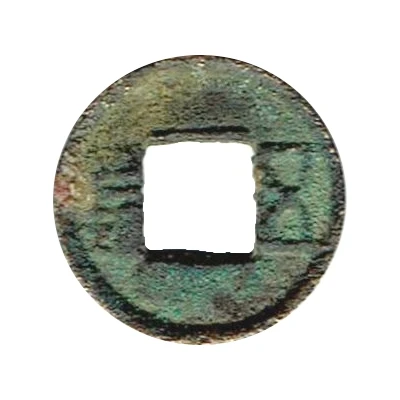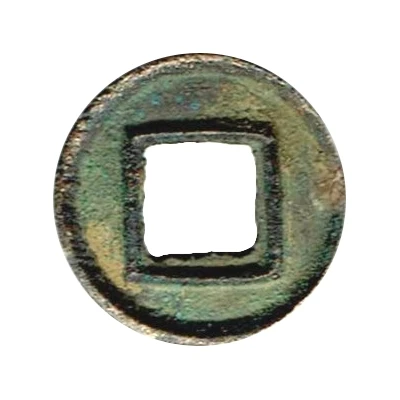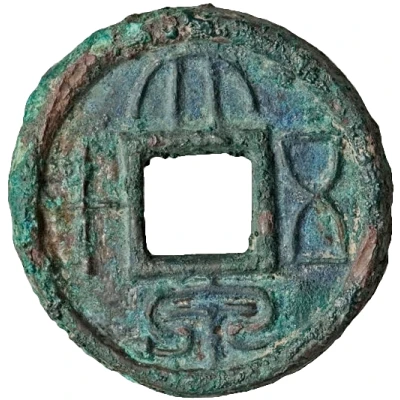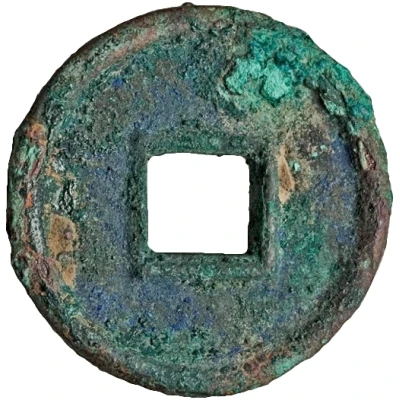


© Christopher Li (CC BY-NC-SA)
5 Zhu "Goose eye" type 73 BC - 33 BC
| Bronze | 0.62 g | 10 mm |
| Issuer | China (ancient) |
|---|---|
| Period | Western Han Dynasty (202 BC - 8 BC) |
| Type | Standard circulation coin |
| Years | 73 BC - 33 BC |
| Value | 5 Zhu |
| Currency | Zhu (119 BC to 9 AD) |
| Composition | Bronze |
| Weight | 0.62 g |
| Diameter | 10 mm |
| Shape | Round with a square hole |
| Technique | Cast |
| Orientation | Medal alignment ↑↑ |
| Demonetized | Yes |
| Updated | 2024-10-09 |
| Numista | N#44390 |
|---|---|
| Rarity index | 83% |
Reverse
Blank (uniface).
Edge
Plain
Comment
There are various arguments about the purpose of this type.Excavations found these tiny Wu Zhus have been tied around the waists of pottery figurines, which stood at a height of around 60 centimetres (one-third of a person's regular height). These Wu Zhus have been scaled down by a similar ration, and many show no trace of circulation, leading some to think these were used as tomb offerings.
In contrast, other believe these did, in fact, circulate for the following reasons:
- They were excavated along with standard circulation coins.
- They have uniform size and thickness, which would not be necessary for tomb offerings.
- The coins weigh around one-fifth of a typical Western Han Wu Zhu, and could have acted as a fractional currency.
- According to excavation report and further investigations, these tiny Wu Zhus were largely found at coin minting site, and it would not be necessary to have large production if there were used solely for tomb offerings.
Interesting fact
The 5 Zhu coin from ancient China, also known as the "Goose Eye" coin, was used as a form of currency during the Han Dynasty. It was made of bronze and weighed 0.62 grams. Despite its small size and weight, it was an important denomination in the ancient Chinese monetary system and was used for everyday transactions.

